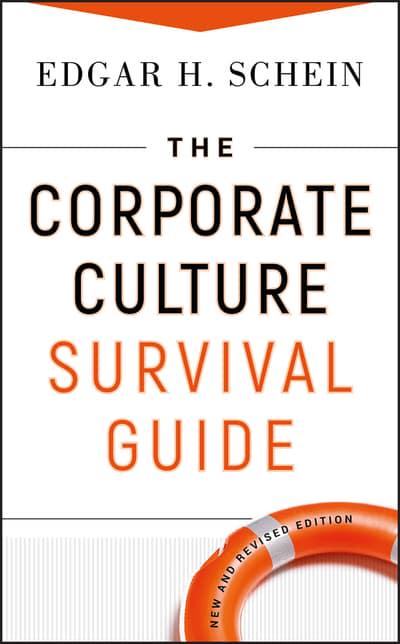How Do You Create Psychological Safety?
How Do You Create Psychological Safety?
Creating psychological safety for organizational members who are undergoing change and learning involves a number of steps, and they must be taken almost simultaneously. I list them here chronologically, but the change manager must be prepared to implement all of them.
1. A compelling positive vision. If you are the target of change, you must believe that you and the organization will be better off if you learn the new way of thinking and working. The vision must be articulated (and widely held) by senior management. And, most important of all, the vision must articulate the desired “new way of working.” If the learners do not understand the actual behavior that will be required of them, they cannot figure out what they will have to unlearn and how they will go about it. The new way of working must be presented as necessary for the survival or growth of the organization and be perceived as non-negotiable.
2. Formal training. If you are to learn new ways of thinking, new attitudes, and new skills, you must have access to whatever formal training is required. For example, if the new way of working necessitates teamwork, formal training on team building and maintenance must be provided.
3. Involvement of the learner. If the formal training is to take hold, you must have a sense that you can manage your own informal method of learning. Everyone learns slightly differently, so it is essential to involve learners in designing their own optimal learning process. The goals of learning are non – negotiable, but the method of learning can be highly individual.
4. Informal training of relevant “family” groups and teams. Because resistance to change is often embedded in group norms, informal training and practice must be provided to whole groups so that new norms and new assumptions can be built jointly. The learner should not feel deviant in deciding to engage in the new learning.
5. Practice fields, coaches, and feedback. You cannot learn something fundamentally new if you don’t have the time, the resources, coaching, and valid feedback on how you are doing. Practice fields are particularly important so that you can make mistakes and learn from them without disrupting the organization.
6. Positive role models. The new way of thinking and behaving may be so different that you must see what it looks like before you can imagine yourself doing it. You must be able to see the new behavior and attitudes in others with whom you can identify.
7. Support groups. Groups should be formed in which problems connected with learning are aired and discussed. You must be able to talk about your frustrations and difficulties in learning with others who are experiencing similar difficulties so that you can support each other and jointly learn new ways of dealing with the difficulties.
8. Systems and structures consistent with the desired changes. It is essential to have reward and discipline systems and organizational structures consistent with the new way of thinking and working. For example, if you are learning how to be a team player, the reward system must be group – oriented, the discipline system must punish individually aggressive and selfish behavior, and the organizational structures must make it possible to work as a team. Many change programs fail because the new way of working is not supported by the organizational structures, rewards, or controls.
In summary, a change program that involves unlearning and relearning requires that all eight of the above conditions be met. If you consider the difficulty of achieving all eight, and the energy and resources that have to be expended to accomplish them, it is no small wonder that changes are often short – lived or never get going at all. As one politician put it recently, ”A vision without funding is a hallucination.” On the other hand, as some of the cases in the next chapters will show, when an organization sets out to truly transform itself, the eight conditions described can be created and significant cultural changes can be achieved.
The Corporate Culture Survival Guide
